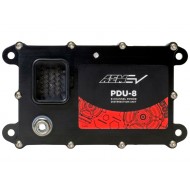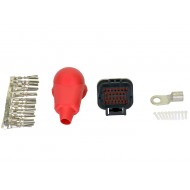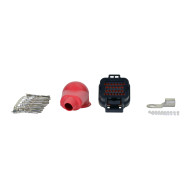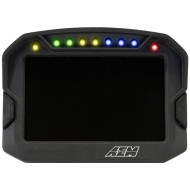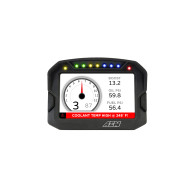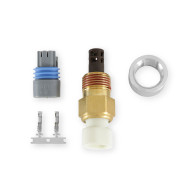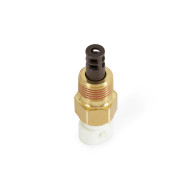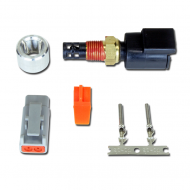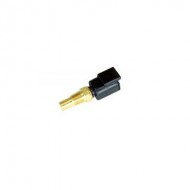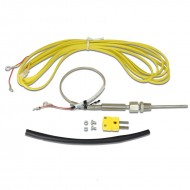- High Voltage or Low Voltage? Before you do anything you need to decide what base voltage you are going to use. Low voltage systems (~80v to 130v) have been used for years, are generally lower cost, lower power systems and mostly DC motors (with some exceptions). High voltage systems (300v-400v) are what the OEMs have used for the last decade and are typically higher power and use AC motors w/inverters. If you want to use any components from OEM donor vehicles like Tesla, Leaf, Volt, Bolt etc. then you will likely do a high voltage setup. (Our section on “High Voltage or Low Voltage Systems” FAQ with a more detailed discussion of this subject is coming soon).
- Transmission or Direct Drive? Some EV conversions may perform better with multiple gears while high power, high RPM motors may not need them. Some installations will almost mandate their use for mounting reasons (think rear engine Porsche) so do not automatically dismiss a transmission. (Our “Can I run an Automatic Transmission in an EV?” FAQ with a more detailed discussion of this subject is coming soon.)
- Drive layout considerations. Are you converting a RWD and want to retain a traditional longitudinal driveline with a live axle? Converting a FWD? Want to convert a RWD car by putting a complete motor and differential in a new fabricated rear subframe? The physical layout of the driveline needs some thought and you may find it is not a simple as you think. Even with FWD conversions, make sure the rotation of the EV motor will work and that the physical configuration fits. An example here is the Tesla front motor has the motor mounted behind the differential and won’t physically fit in most FWD engine bays since ICE installations typically have the engine mounted in front of the differential (you can mod the Tesla motor to spin backwards but that is another subject).
- Suitable Motor and Inverter. Assuming you choose to do an AC motor (you are at a performance EV site) then you need to determine the power you require and see what is available. The Inverter needs to be compatible with the system voltage you choose.
- Emergency brake and/or parking pawl. This is a big issue and it is almost never mentioned. EV’s almost never have a parking pawl and you can’t leave them “in gear” so a quality E-Brake (preferably automatic activation) is an absolute must. (Our “How do I stop my EV from rolling down a hill?” FAQ with a more detailed discussion of this subject is coming soon.)
- Cooling system for the motor and inverter. The motor and Inverter will make heat and need cooling. It won’t be anywhere near as much as an IC engine makes but it still needs to be dealt with or the inverter will start de-rating the power to protect itself. The cooling system usually includes a cooling loop with pump, radiator and fan. In some systems you may have separate loops for the motor and inverter. (Our “How do I cool my Motor and Inverter?” FAQ with a more detailed discussion of this subject is coming soon.)
- Battery with BMS. A suitable high voltage battery will likely be the single largest expense of the build. It needs to be sized properly both in total energy capacity as well as instantaneous current capability to support the power you want to make. (Our “What is an appropriate Battery for my EV?” and “What is a Battery Management System (BMS) and does my EV need one?” FAQs with more detailed discussions of these subjects are coming soon).
- How big a battery do I need? While
it is impossible to say with any degree of confidence given the near
limitless options for EV conversions, here are some very rough estimates
for how many miles you can expect to travel for each useable kw/h of
capacity your battery has.
- Economy driving = 3.2 mi/kWh
- Normal driving = 3 mi/kWh
- Spirited driving = 2.5 mi/kWh
- Racing = 1-2 mi/kWh
There are so many variables that affect this that you should take those numbers with a massive grain of salt. (Our “How much battery capacity do I need?” FAQ with a more detailed discussion of this subject is coming soon.)
- Thermal conditioning system for the battery. The temperature of the battery is important and it needs to be monitored and kept in a relatively tight window. If it is too cold, it needs to be heated before charging or driving. If it is too hot it needs to be cooled. If you want to extract the absolute maximum performance from the battery it needs to be preconditioned to an exact temperature before use. This requires a fluid heater, a pump, a radiator, a fan, diversion valves, and a VCU to determine what to do and when to do it. (Our “What is battery thermal conditioning?” FAQ with a more detailed discussion of this subject is coming soon.)
- On-Board Charger. Unless you are building a dedicated race vehicle that never strays far from the pits, it will need to have an On Board Charger. These modules allow you to connect to standard Electric Vehicle charging points either at home or in public areas.
- DC/DC Converter. Unless you are building a dedicated race vehicle that runs for very short periods and has a large enough 12v battery to not need to be charged during use, your EV will need to have a DC/DC converter to keep the 12V battery charged.
- Some method of providing cabin heat for the occupants. Unless you are building a race car with no heat or are in a warm climate, you are going to need to provide some method to generate cabin heat since there is no IC engine generating waste heat that can be used to keep the cabin comfortable. (Our “How to add Interior Heating to an EV” FAQ with a more detailed discussion of this subject is coming soon.)
- Some method of providing air conditioning for the occupants. Unless you are building a race car with no A/C or live in a cool climate, you may want to provide A/C for the cabin. EV’s don’t have a spinning engine to spin an A/C compressor so you have to install a compressor specifically designed for an EV. (Our “How to add Air Conditioning to an EV” FAQ with a more detailed discussion of this subject is coming soon.)
- Some method of providing power steering. If you want to have power steering you need to think about this. There is no spinning engine to drive a hydraulic pump so accommodations need to be made. (Our “How to add Power Steering to an EV” FAQ with a more detailed discussion of this subject is coming soon.)
- Some method of providing power brakes, Typical power brakes are vacuum operated but there is no IC engine source of Vacuum. (Our “How to add Power Brakes to an EV” FAQ with a more detailed discussion of this subject is coming soon.)
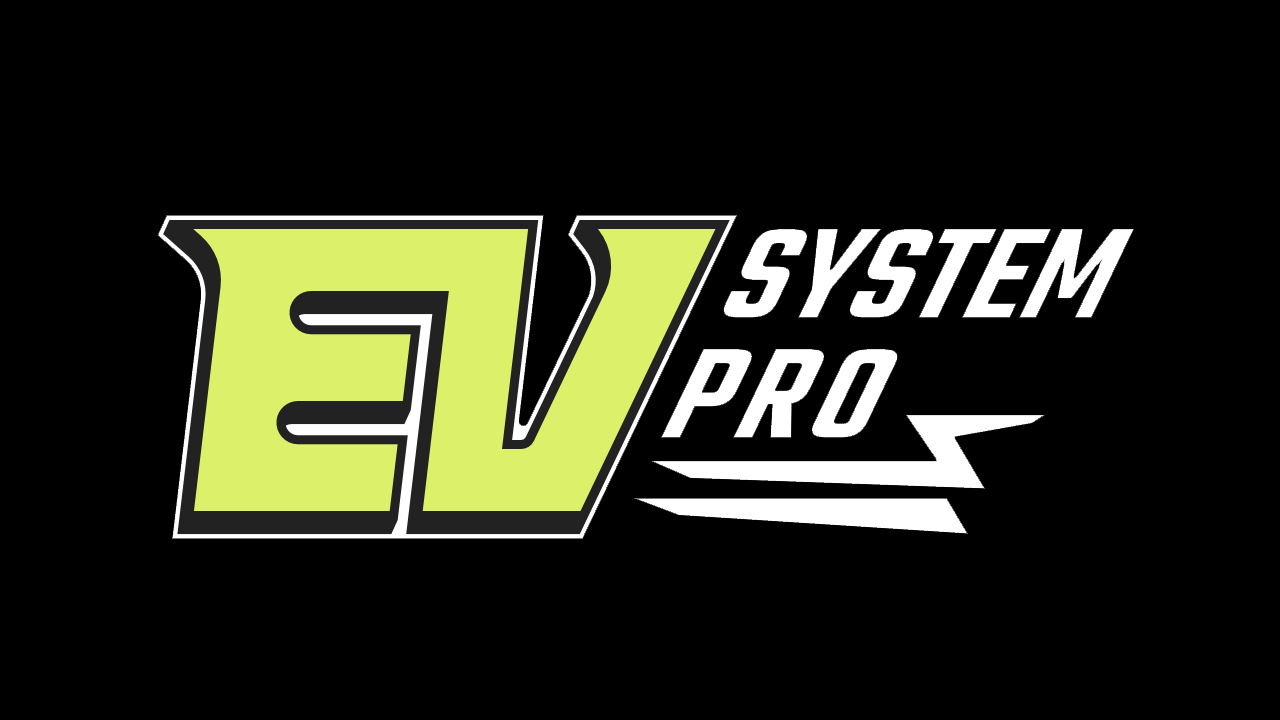


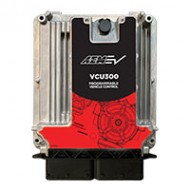
%20Control%20Board/0449a3b8df2fb598e09dd83ad91a067955b3c7bc-190x190w.jpg)
%20Control%20Board/f68202fc36db25c9dcec801391c0f456cb757423-190x190w.jpg)
